A network topology refers to the way in which nodes in a network are connected to one another. The network structure defines how they communicate.
Each kind of arrangement of the network nodes has its own advantages and disadvantages. Here we tell you about the same.
Network Topologies
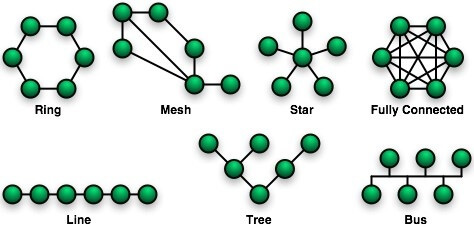
Network topologies describe the ways in which the elements of a network are connected. They describe the physical and logical arrangement of network nodes.
Let us look at the advantages different network topologies offer and their shortfalls.
Bus Topology
Advantages of Bus Topology
- It is easy to set up, handle, and implement.
- It is best suited for small networks.
- It costs very little.
Disadvantages of Bus Topology
- The cable length is limited. This limits the number of network nodes that can be connected.
- This network topology can perform well only for a limited number of nodes. When the number of devices connected to the bus increases, the efficiency decreases.
- It is suitable for networks with low traffic. High traffic increases the load on the bus, and the network efficiency drops.
- It is heavily dependent on the central bus. A fault in the bus leads to network failure.
- It is not easy to isolate faults in the network nodes.
- Each device on the network “sees” all the data being transmitted, thus posing a security risk.
Ring Topology
Advantages of Ring Topology
- The data being transmitted between two nodes passes through all the intermediate nodes. A central server is not required for the management of this topology.
- The traffic is unidirectional and the data transmission is high-speed.
- In comparison to a bus, a ring is better at handling load.
- The adding or removing of network nodes is easy, as the process requires changing only two connections.
- The configuration makes it easy to identify faults in network nodes.
- In this topology, each node has the opportunity to transmit data. Thus, it is a very organized network topology.
- It is less costly than a star topology.
Disadvantages of Ring Topology
- The failure of a single node in the network can cause the entire network to fail.
- The movement or changes made to network nodes affect the entire network’s performance.
- Data sent from one node to another has to pass through all the intermediate nodes. This makes the transmission slower in comparison to that in a star topology. The transmission speed drops with an increase in the number of nodes.
- There is heavy dependency on the wire connecting the network nodes in the ring.
Mesh Topology
Advantages of Mesh Topology
- The arrangement of the network nodes is such that it is possible to transmit data from one node to many other nodes at the same time.
- The failure of a single node does not cause the entire network to fail as there are alternate paths for data transmission.
- It can handle heavy traffic, as there are dedicated paths between any two network nodes.
- Point-to-point contact between every pair of nodes makes it easy to identify faults.
Disadvantages of Mesh Topology
- The arrangement wherein every network node is connected to every other node of the network, many connections serve no major purpose. This leads to the redundancy of many network connections.
- A lot of cabling is required. Thus, the costs incurred in setup and maintenance are high.
- Owing to its complexity, the administration of a mesh network is difficult.
Star Topology
Advantages of Star Topology
- Due to its centralized nature, the topology offers simplicity of operation.
- It also achieves isolation of each device in the network.
- Adding or removing network nodes is easy, and can be done without affecting the entire network.
- Due to its centralized nature, it is easy to detect faults in the network devices.
- As the analysis of traffic is easy, the topology poses a lesser security risk.
- Data packets do not have to pass through many nodes, like in the case of a ring network. Thus, with the use of a high-capacity central hub, traffic load can be handled at fairly decent speeds.
Disadvantages of Star Topology
- Network operation depends on the functioning of the central hub. Hence, central hub failure leads to the failure of the entire network.
- Also, the number of nodes that can be added, depends on the capacity of the central hub.
- The setup cost is quite high.
Tree Topology
Imagine a hierarchy of network nodes, with the root node serving client nodes, that in turn serve other lower-level nodes.
The top-level node is mostly a mainframe computer while other nodes in the hierarchy are mini or microcomputers.
In this arrangement, the node at each level could be forming a star network with the nodes it serves. In this case, the structure combines star and bus topologies and inherits their advantages and disadvantages.
Advantages of Tree Topology
- The tree topology is useful in cases where a star or bus cannot be implemented individually. It is most suited in networking multiple departments of a university or corporation, where each unit (star segment) functions separately and is also connected with the main node (root node).
- The advantages of centralization that are achieved in a star topology are inherited by the individual star segments in a tree network.
- Each star segment gets a dedicated link from the central bus. Thus, the failure of one segment does not affect the rest of the network.
- Fault identification is easy.
- The network can be expanded by the addition of secondary nodes. Thus, scalability is achieved.
Disadvantages of Tree Topology
- As multiple segments are connected to a central bus, the network depends heavily on the bus. Its failure affects the entire network.
- Owing to its size and complexity, maintenance is not easy and costs are high. Also, configuration is difficult in comparison to that in other topologies.
- Though it is scalable, the number of nodes that can be added depends on the capacity of the central bus and on the cable type.
Hybrid Topology
A hybrid topology combines two or more topologies and is meant to reap their advantages.
Obviously, the advantages and disadvantages of a hybrid topology are a combination of the merits and demerits of the topologies used to structure it.
If you liked this article, then please subscribe to our YouTube Channel for Instrumentation, Electrical, PLC, and SCADA video tutorials.
You can also follow us on Facebook and Twitter to receive daily updates.
Read Next:
- Top 100 Networking Questions
- Industrial Networking Interview Questions
- Automation Communication Protocols
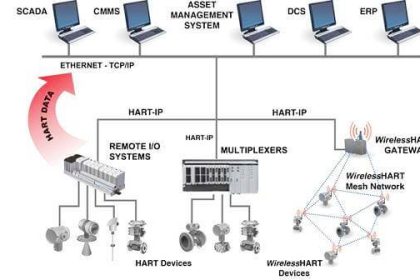


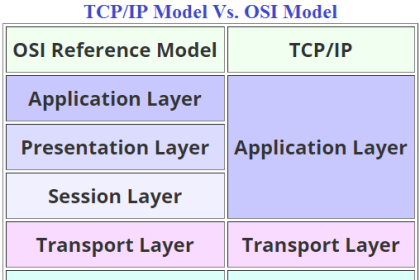
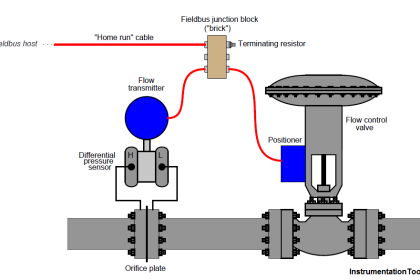

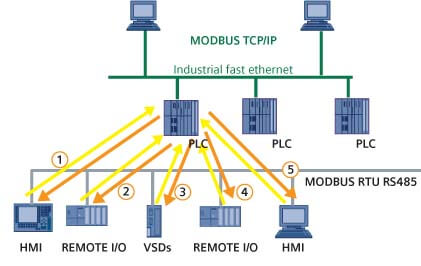
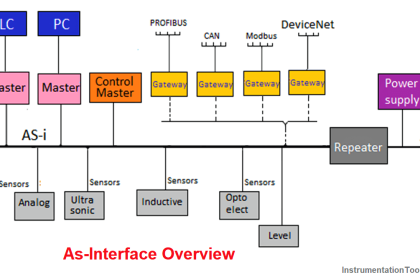

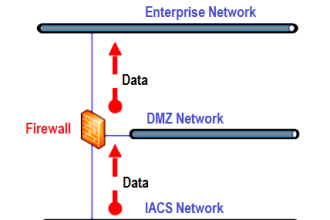



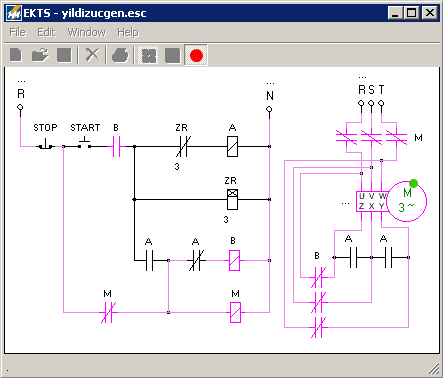
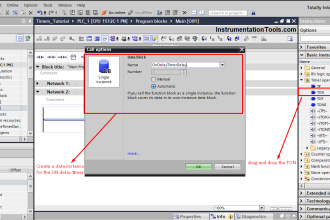
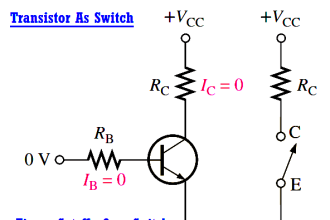

I thank you so so much for this magnificient site , Your really making life easier for people who interest in instrumentation in particular, it’s really my reference since amater.
Thanks much
Thanks you so much it really helped me alot. Be blessed
actually sir, i have class networking and lecture asking baout this..from this wbesite its only take a few minutes to complete the task…what a breifly.thks sir…
THIS NETWORK IS VERY USE FULL AN HELP FULL I LOVE THIS SITE
This is a good website
wow is very helpful. i love it, keep it up the designer.
Thank you mam
The message above was very, very, very useful and educational. I prefer everyone using this notes on Network Topologies cause it’s very understandable and suitable for the person that doesn’t understand Network Topologies, it also helps to classify each and every Network Topologies. So Boys and Girls I prefer you use this information for Network Topologies!!
U guys are cool, just did my assignment, thank for this
Infact ,, this website is excellent .
l got all wat l needed from here.
Thanks
this website is very helpful with my assignment. thankyou so much
This website is more useful I got all answer I need from here thanks u so much sir??
this is so excited and am so jubilant to get soo i owe you one
Thanks for this u just make things easy for me be blessed my answer is ready now no doubt 10 marks